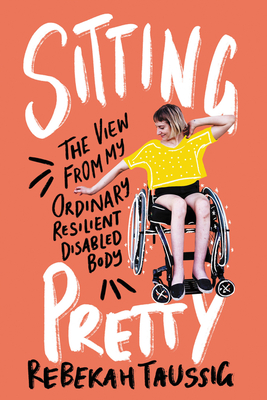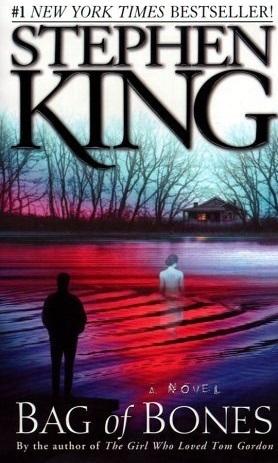The Encyclopedia of Blindness and Vision Impairment Book Summary
TL;DR
A comprehensive guide detailing causes, diseases, and treatments related to blindness and vision impairment, written by Jill Sardegna and Susan Shelly.
What is The Encyclopedia of Blindness and Vision Impairment about
The Encyclopedia of Blindness and Vision Impairment, authored by Jill Sardegna and Susan Shelly, is a detailed reference book that covers various aspects of vision loss. It provides an in-depth understanding of the causes of blindness, the diseases that can lead to vision impairment, and the treatments available. The book serves as a valuable resource for individuals affected by vision loss, healthcare professionals, and educators, offering a broad overview of the medical and social implications of blindness.
The Encyclopedia of Blindness and Vision Impairment 6 Key Takeaways
Causes of Blindness
The book provides a thorough explanation of genetic, congenital, and acquired causes of blindness, including various diseases, injuries, and environmental factors.
Diseases Leading to Vision Impairment
Detailed information on diseases such as glaucoma, cataracts, diabetic retinopathy, and macular degeneration, including their symptoms, progression, and impact on vision.
Treatment Options
An overview of available treatments ranging from medications and surgeries to adaptive technologies that help improve the quality of life for visually impaired individuals.
Impact on Quality of Life
An exploration of how vision loss affects independence, mobility, mental health, social function, employment, and educational attainment.
Adaptive Technologies
Descriptions of various technologies and tools available to assist visually impaired individuals in leading independent lives, including screen readers, Braille displays, and navigation aids.
Support and Resources
A directory of resources and organizations offering support, including VisionAware and other services that provide assistance to visually impaired individuals.
Top The Encyclopedia of Blindness and Vision Impairment Quotes
- 'Understanding the causes and effects of vision impairment is crucial to improving the lives of those affected.'
- 'With the right support and resources, individuals with vision loss can lead fulfilling and independent lives.'
Who should read The Encyclopedia of Blindness and Vision Impairment?
This book is ideal for individuals affected by vision impairment, their families, healthcare providers, educators, and anyone interested in understanding the complexities of vision loss. It provides valuable insights and practical information to improve the quality of life and independence of visually impaired individuals.
The Encyclopedia of Blindness and Vision Impairment Best Reviews
- Library Journal: 'A valuable resource for understanding the complexities of vision impairment, providing comprehensive and accessible information.'
- Booklist: 'A must-have reference for anyone dealing with vision loss, offering a detailed and well-organized compilation of knowledge.'
People also liked these summaries
The Encyclopedia of Blindness and Vision Impairment FAQs
What do people with visual impairments struggle with?
Vision loss can affect one's quality of life, independence, mobility, mental health, cognition, social function, employment, and educational attainment.
Which is the best resource for a visually challenged person?
VisionAware is a highly recommended resource, offering a robust state-by-state directory of services for the visually impaired.
What is the book of visually impaired blind people are written in?
The Braille script, developed by Louis Braille in 1821, is a system of 63 dot patterns or characters used to write books for visually impaired individuals.
What are the abilities of a blind person?
Blind individuals can perform many tasks independently, such as cooking and applying makeup, with the help of accessible technology and their own determination.

